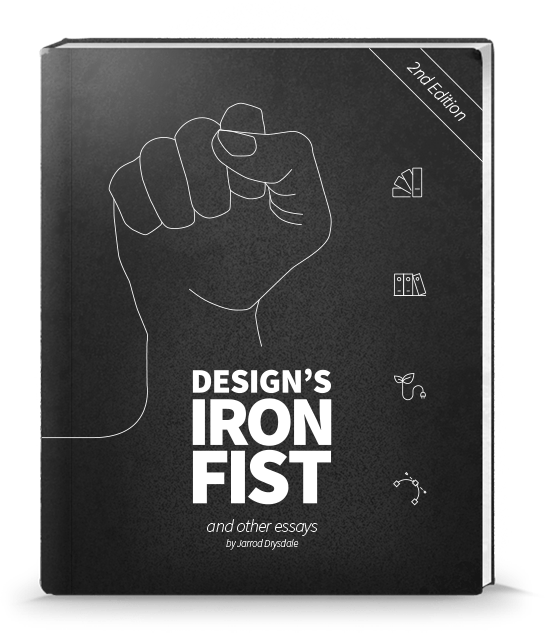Work smarter. Keep pushing. Be more productive.
These are the mantras we follow while doing creative work, but sometimes they accomplish the opposite of what we want.
When you hit a brick wall on a creative project, so often you just keep working and pushing yourself. You tell yourself you can do it, and you keep going, even when the quality isn’t so great. You believe that if you just keep at it, you’ll break through the wall.
I’ve described this before as “beating your head against the wall until something breaks.”
But usually, what breaks is your brain.
Creativity can’t be forced. Of course pushing yourself to keep finding new ideas is part of creativity too, but everyone eventually hits a point where the ideas stop flowing. Even the most experienced of us, while we have a reliable process that helps on days when our creativity won’t cooperate, still hit that brick wall.
And this can happen because we see creativity as something to be extracted, like squeezing juice from an orange. But eventually every orange runs out of juice.
So often all we need to do is get out of the way and let creativity work. Take a step back, and you will find that the solution you have been searching for will find you.
Psychologists have found fascinating insights into how creativity works, and you can use this knowledge to get out of the way and allow your creativity to re-engage.
Step back and do something else
Your creativity is hard at work without you realizing it. Your subconscious mind is constantly turning over the problem in limitless ways, searching for new creative ideas. And, instead of trying to force yourself to find new ideas when they seem to be running dry, just take a break.
Don’t work harder. In fact, don’t work. Let your subconscious process for a while in the background.
The next time you sit down to consider the problem, you will have all kinds of new ideas. And, it’s even possible you’ll suddenly have a great idea in the middle of the night, while taking a shower, or while you’re driving to work. This happens because your subconscious is working. So take a break, and let it work.
Seek new inputs
Psychologists define creativity as finding novel connections between seemingly unrelated ideas. Therefore, if you learn new, different ideas and information, your creativity will have more data with which to form connections. So, seek new inputs: try new things, visit a new place, or do something you’ve never done before. This will help your subconscious mind in its search for new novel ideas.
Give the bad ideas a home
In order to have new ideas, you need to clear out your brain storage. So often, creatives don’t want to acknowledge our bad ideas. We are embarrassed of them, and we feel that writing bad ideas down or giving them form is a failure. But you need to know that everyone has bad ideas, and even more so that having bad ideas is a natural part of creativity. If you want more ideas, you need to get the bad ideas out of the way. Write them down. Acknowledge and record them. And when they are off your mind, you’ll finally have capacity to think of something new.
The struggle is normal
Struggling with creativity is normal, and everyone faces it (even those who don’t work in creative professions). Our minds are not computers; they are vastly more complex and insightful, even if we can’t always predict when and how they will work.
Acceptance of how your creativity works is an important step to becoming a more reliable creative professional. Your process will help you find ideas without needing to rely completely upon creativity, but setting up conditions to foster creativity is equally as productive and useful.
